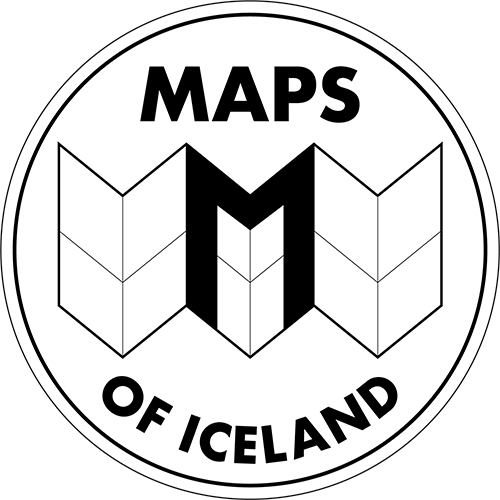Maps are essential tools that are used for various reasons, including navigation, research, education, planning, and more. They provide a visual representation of the world and help people understand the spatial distribution of various phenomena.
The value of maps is not just limited to their functionality but also extends to their aesthetic appeal and historical significance. In this article, we will discuss the five key factors that affect the overall value of maps.
1) Accuracy
One of the most important factors that affect the value of maps is their accuracy. Maps are used to represent the physical and social features of the world, and any error or distortion in their representation can lead to misinformation.
The accuracy of maps depends on the quality of data, the expertise of cartographers, and the tools and techniques used for mapmaking. Maps that are considered accurate are more likely to be used for navigation, research, and planning, and are therefore more valuable.
2) Age
The age of a map is another important factor that affects its value. Older maps are not only valuable for their historical significance but also for their accuracy and rarity. Maps that were created centuries ago are often based on limited data and cartographic techniques that are no longer used today.
Therefore, they provide a unique insight into the world as it was understood at that time. Moreover, old maps that have survived the test of time are rare and valuable, as they are often one-of-a-kind artifacts that collectors highly seek after.
3) Condition
The physical condition of a map is also a key factor that affects its value. Maps that are in good condition and have been well-preserved over time are more valuable than those that are torn, stained, or damaged.
The condition of a map can be affected by a variety of factors, including exposure to light, humidity, and pests. Maps that have been professionally restored and preserved are more likely to retain their value and appeal to collectors.
4) Provenance
The provenance of a map refers to its ownership history and chain of custody. The provenance of a map can provide valuable information about its authenticity, age, and rarity. Maps that have a well-documented provenance, especially those that famous individuals have owned, are more valuable than those that have an unknown or questionable history.
The provenance of a map can also provide insight into its cultural and historical significance, making it more appealing to collectors and researchers.
5) Aesthetic Appeal
The aesthetic appeal of a map is also an important factor that affects its value. Maps can be beautiful works of art that combine functionality with artistic expression.
Cartographers often use colors, symbols, and other design elements to make maps visually appealing and easy to read. Maps that are aesthetically pleasing are more likely to be displayed as decorative pieces, and are therefore more valuable than plain or boring maps.
Conclusion
The value of maps is determined by a combination of factors, including accuracy, age, condition, provenance, and aesthetic appeal. Maps that are accurate, old, well-preserved, well-documented, and aesthetically pleasing are more likely to be valuable and sought after by collectors, researchers, and enthusiasts. Whether you are a map collector, a history buff, or a cartographer, understanding these factors can help you appreciate the value and significance of maps and their role in shaping our understanding of the world.
Add a touch of history and elegance to your home or office decor with Maps of Iceland. Find the best, framed maps online from our wide selection of offerings. Shop our catalog today and take home a one-of-a-kind map for your space.

